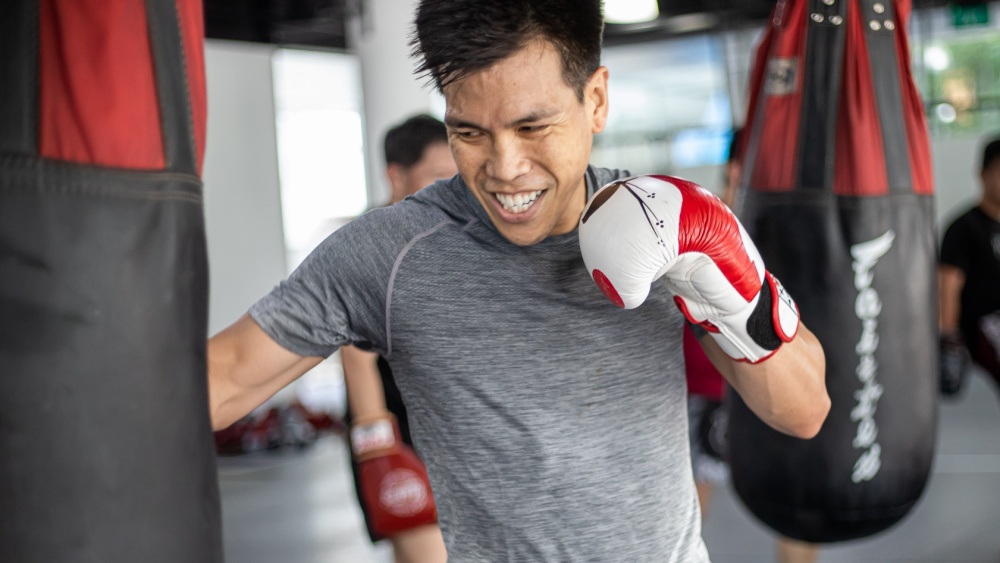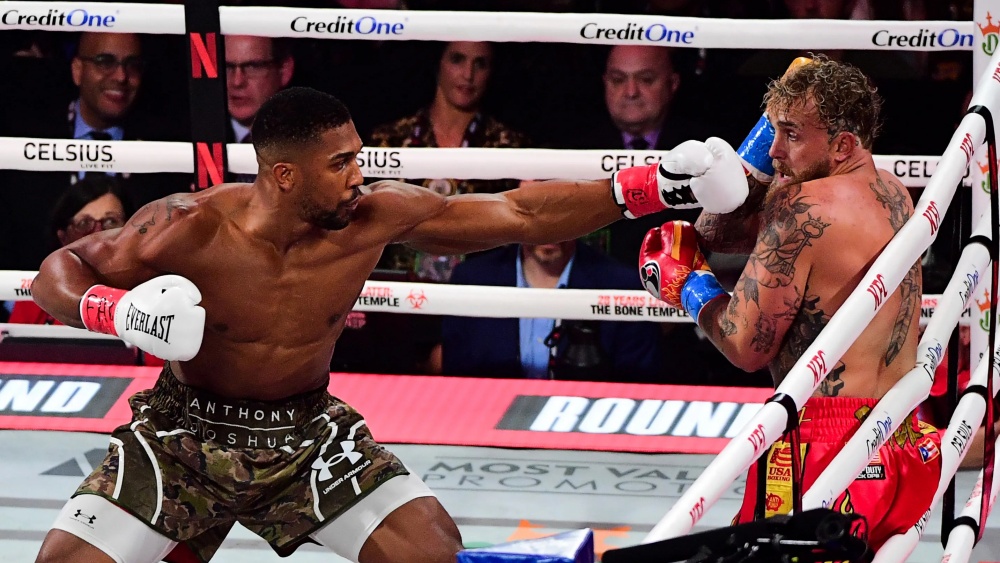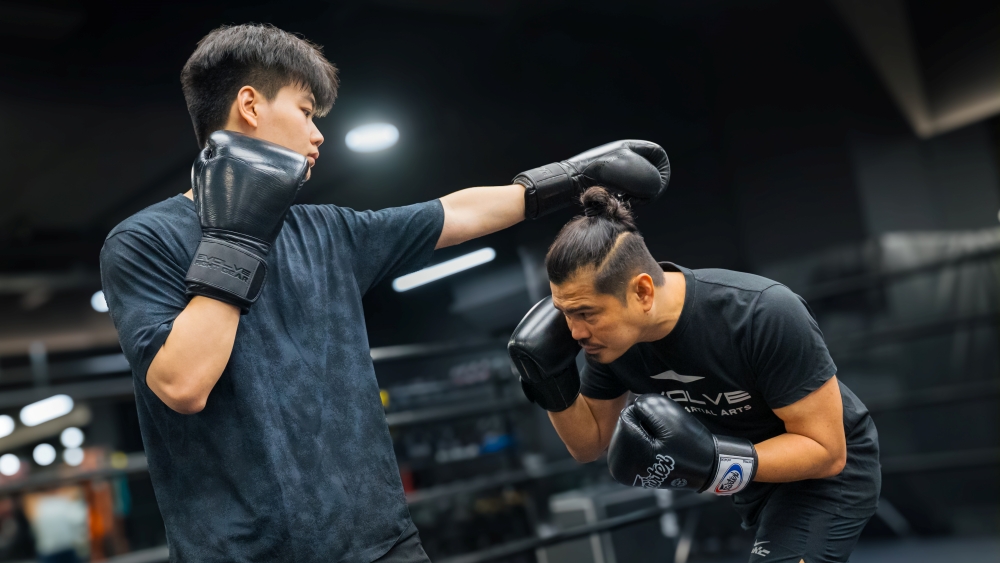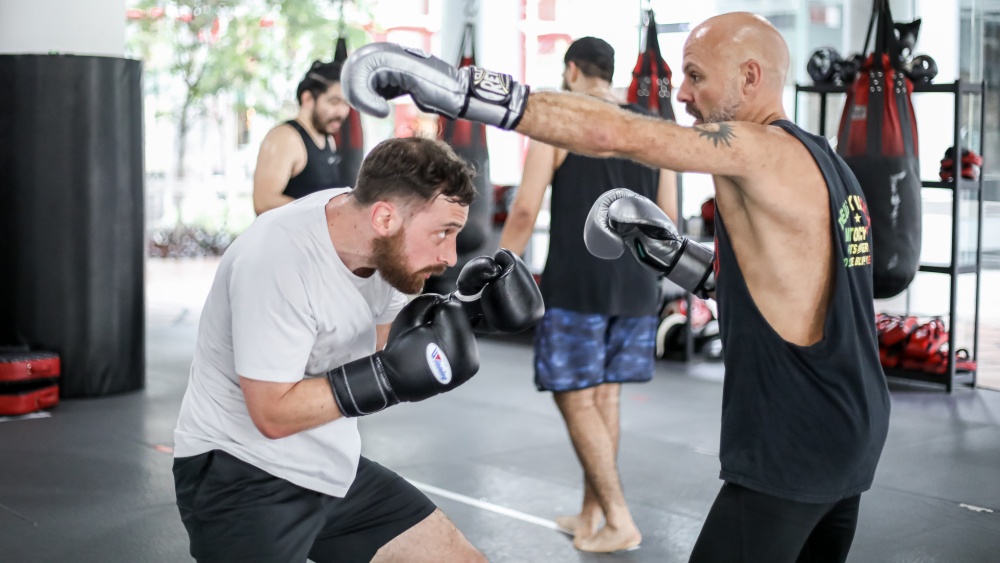You face different kinds of styles in the boxing ring.
There are slick pugilistic stylists like Floyd Mayweather Jr. and Vasiliy Lomachenko, elusive and hard to hit. There are counter punchers like Juan Manuel Marquez and Sugar Ray Robinson, who love to lay back and thread the needle, discovering small openings in your defense to capitalize on. There are tacticians like Bernard Hopkins and Muhammad Ali, who know every trick in the book, and turn your strengths into weaknesses.
And then there are fighters like Manny Pacquiao and Mike Tyson, explosive offensive powerhouses who move forward with malicious intent, seeking to land a knockout blow with every combination they throw.
These aggressive punchers possess power in both hands, are incredibly fast and offensively potent, and most of all very dangerous as opponents.
If you ever find yourself faced with an aggressive puncher in the ring, there are a few things you should take into consideration. Learning how to deal with aggressive punchers, especially in the heat of battle, is crucial to your success.
Today, Evolve Daily shares four tips that will help you deal with aggressive punchers in boxing.
1) Precision beats power, timing beats speed
Because aggressive punchers are very powerful and can knock opponents out with a single blow, it’s probably not a good idea to stand in the middle of the ring and exchange combinations. That one-punch knockout power is a scary thing, but if you fight intelligently, you can mitigate the risks and win.
Former UFC champion Conor McGregor said it best, “precision beats power, and timing beats speed.” Keep this in mind when you’re faced with an aggressive opponent.
Be precise with your shots. You can’t hurt what you can’t hit. Work on your punch accuracy in the gym with tools like the double-ended bag, or the speedball. At the same time, improve your head movement and defense. Your opponent can’t knock you out if he can’t hit you, so your goal is to make it difficult for him to land clean.
The other half of the equation is your timing. You want to time your opponent as he is coming into range. This amplifies the damage and gives you added power from leverage. Don’t overextend yourself when punching so that you’re not left wide open.
Lastly, you’re going to want to play counter puncher, so practice how to punch while on the back foot. And when you throw counters, throw them with confidence and conviction. Most aggressive punchers will keep coming forward, which leaves them open and vulnerable to getting hit with a clean and debilitating counter shot.
2) Make your opponent respect your jab
Against aggressive fighters, the jab is by far the most important weapon. The jab is crucial to the success of your defense. It’s fast enough to catch an opponent off guard as he’s coming in, and long enough to keep him at a distance, preventing him from getting inside the optimal range.
Furthermore, the jab is such a versatile weapon. You can use it while moving forward or backward, and it’s easy to keep it constantly in an opponent’s face. In some instances, the jab can even do some serious damage, especially when it’s properly timed.
When you earn your opponent’s respect with a strong jab, it causes them to hesitate and rethink their strategy. Perhaps an aggressive opponent will second-guess himself before moving back within punching range. This half-second hesitation is all you need to take advantage of holes in your opponent’s game. It also makes your opponent much easier to time.
3) Use the length of the ring
Movement is key against aggressive opponents. This means you must practice fluid forward and backward movement, as well as lateral movement.
An aggressive opponent will have one goal, and that’s to cut off the ring and limit your movement. So techniques like pivoting, where you quickly reverse your position when you find yourself caught along the ropes and in corners, are very important. The ring is massive, and expert defensive fighters are able to use the entire length of it.
When you’re in the gym, try to improve your footwork with various drills like the agility ladder, or practice your movement in sparring. Ring generalship is a very important part of boxing. When a fighter exhibits control of the ring, it also scores tremendous points with the judges.
In addition, the fighter who controls the ring, generally controls the pace and the action of a given fight. You can use your footwork to put yourself in the best position to land clean combinations, and at the same time, to provide you a quick escape route from sticky situations.
4) Use the clinch
Last but not least, and when all else fails, use the almighty clinch.
Clinching in boxing is a dark art. It’s a grey area, but also certainly a useful defensive tool. Be careful not to clinch excessively, however, or risk getting docked points on the scorecards.
Clinching is effective in disrupting your opponent’s rhythm, and takes away some of that forward momentum. This is especially effective against aggressive foes. When an opponent moves in to throw a powerful combination, you have the option to initiate a clinch and tie him up. This will force him to reset his position. It also sucks out a lot of energy, as well as frustrates your opponent.
Utilizing the clinch properly and in the right situations will help neutralize an aggressive puncher, and possibly even wear him out.
You may also like:

















